Top 10 Biggest Ports in the World 2025
By ICON TEAM | Published on May 03, 2025
List of Top 10 Biggest Ports in the World 2025:
The lifeblood of world trade, ports are vital centers for the flow of products across continents. Asia, especially China, will still dominate the busiest ports worldwide in 2025; Europe and North America still have somewhat important roles. Millions of twenty-foot equivalent units (TEUs) are handled by these marine gateways every year, therefore enabling worldwide trade and economic development. Based on their strategic relevance and container throughput, the top 10 largest ports in the world for 2025 are thoroughly examined here below.
1. Port of Shanghai:
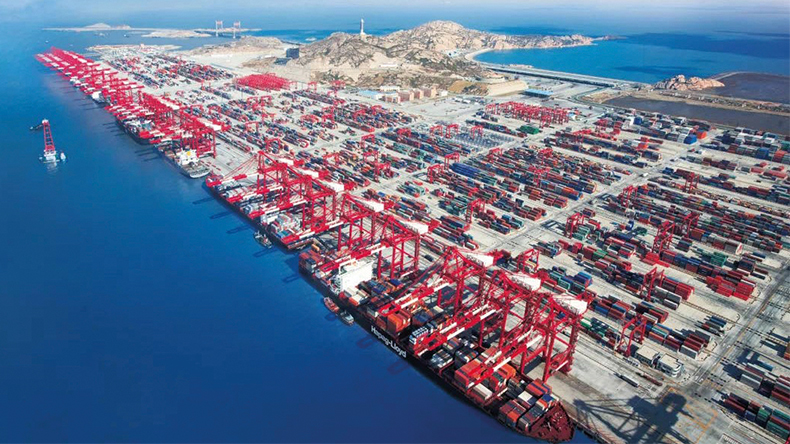
Still the clear leader worldwide in 2025, the Port of Shanghai is situated near China's Yangtze River's mouth. Managing more than 49 million TEUs yearly, it is pillar of global marine trade and links East Asia to markets all over. Its strategic location in the Yangtze River Delta, an area accounting for fifth of China's GDP, strengthens its supremacy. Advanced infrastructure of the port guarantees effective operations by including automated terminals and artificial intelligence-driven logistics. With projects like green shipping lanes, Shanghai's dedication to sustainability confirms even more its leadership in modern port administration.
2. Port of Singapore:
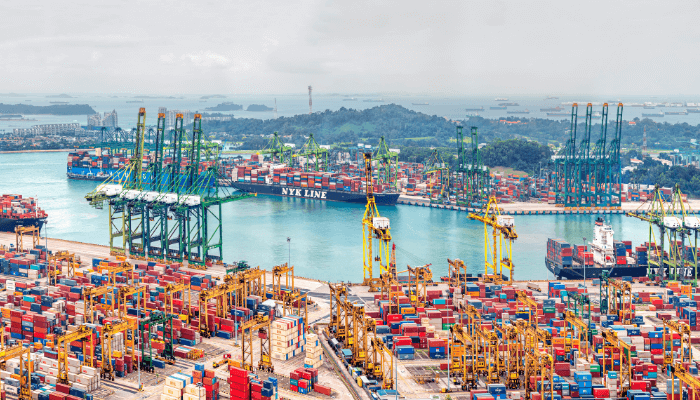
Processing around 37.5 million TEUs annually, the Port of Singapore is a wonder of efficiency and creativity ranked second worldwide. Nestled in the junction of several Southeast Asian maritime routes, this important transshipment hub links 600 ports spread across 120 nations. Modern automation of the port guarantees quick cargo handling with its digital tracking systems and autonomous cranes. Handling almost half of the world's crude oil shipments, Singapore's strategic location and strong logistics network support its position as a major actor in the worldwide supply chain.
3. Port of Ningbo-Zhoushan:
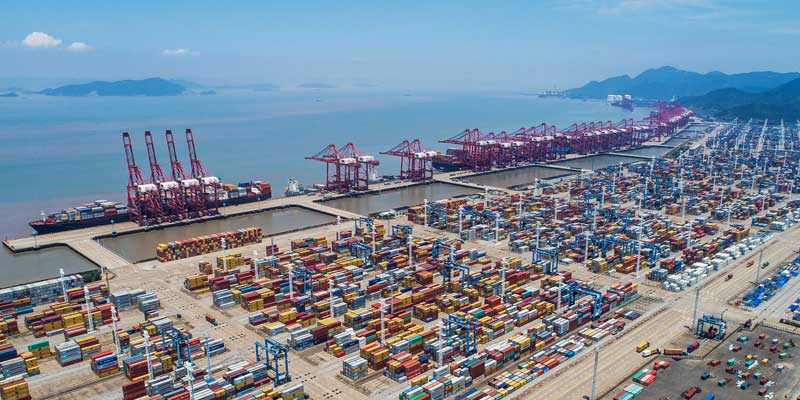
Comprising the 2006 merger of Ningbo and Zhoushan ports, the Port of Ningbo-Zhoushan ranks third in size worldwide with an annual throughput of around 35.3 million TEUs. Situated in Zhejiang Province, China, it gains from proximity to important manufacturing areas and deep-water docks. Along with containers, the port excels in managing large goods such iron ore and crude oil and links to more than 600 ports throughout 100 nations. Its contemporary infrastructure and continuous expansions, including a 10-million TEU terminal ensure its continuous growth even if a 2024 explosion causes temporary congestion causes temporary congestion.
4. Port of Hong Kong:
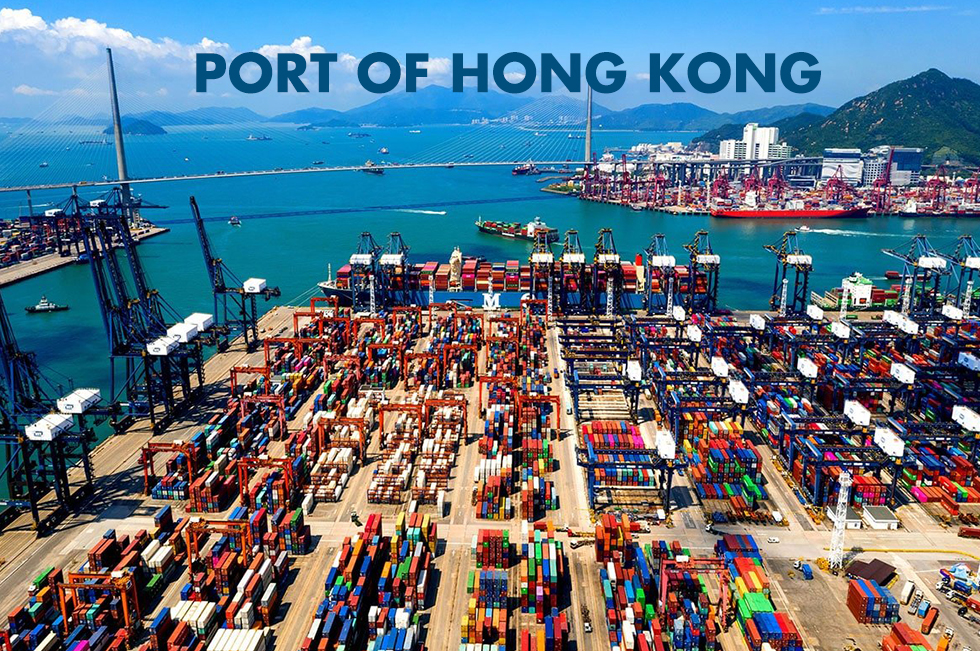
With around 14.3 million TEUs handled yearly, the deep-water seaport Port of Hong Kong in the South China Sea guarantees its ranking among the leading ports in 2025. Despite rivalry from surrounding Chinese ports, once the busiest port in the world in the 1990s it is still a vital transshipment base. Under management by businesses such as Modern Terminals Ltd., its nine contemporary container terminals facilitate a broad spectrum of cargo, including textiles and electronics. Strategic position and modern infrastructure of Hong Kong keep it a key gateway for Asia-Pacific trade.
5. Port of Busan:
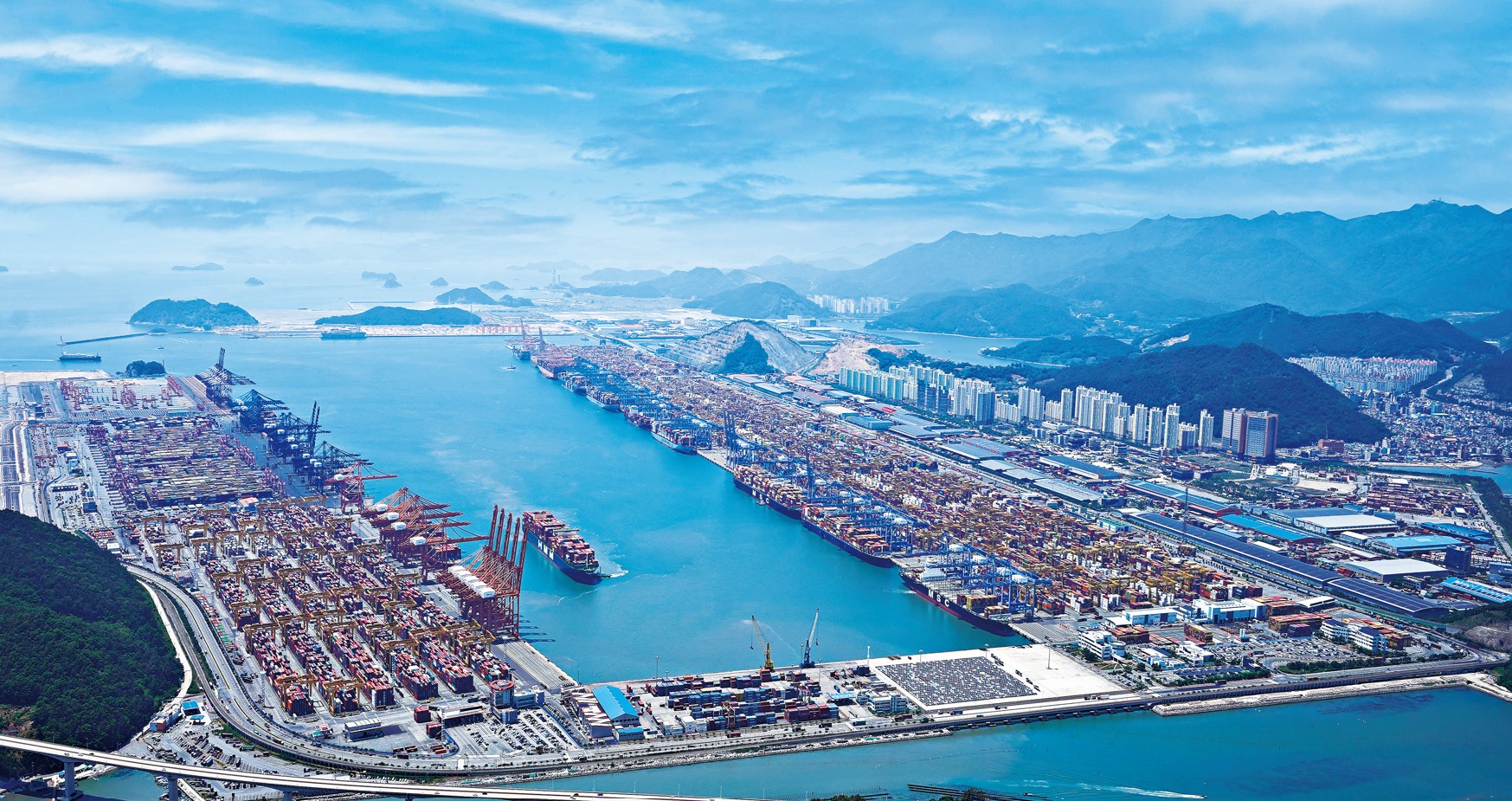
With about 23 million TEUs handled annually, South Korea's Port of Busan comes sixth. With about 90% of South Korea's containerized products handled, it is a main transshipment hub in Northeast Asia situated on the southeast coast. Modern container terminals and effective cargo-handling machinery among the port's advanced infrastructure help to support its function in tying South Korea to world markets. With an emphasis on exports like electronics and vehicles, Busan's technological leadership and long-standing shipping routes make it a vital hub in the marine network of the region.
6. Port of Guangzhou:

With over 20.8 million TEUs in 2023 and further rising in 2025, the Port of Guangzhou, located in Guangdong Province, China, ranks sixth in size. Connecting to more than 300 ports in 100 countries, it is a main gateway for the industrial belt of southern China situated in the Pearl River Delta. Comprising approximately 70% of the port's container volume, the Nansha terminal shows significant automation and on-dock rail access. Strategic position and all-encompassing infrastructure of Guangzhou help it to be a powerhouse for regional trade.
7. Port of Shenzhen:
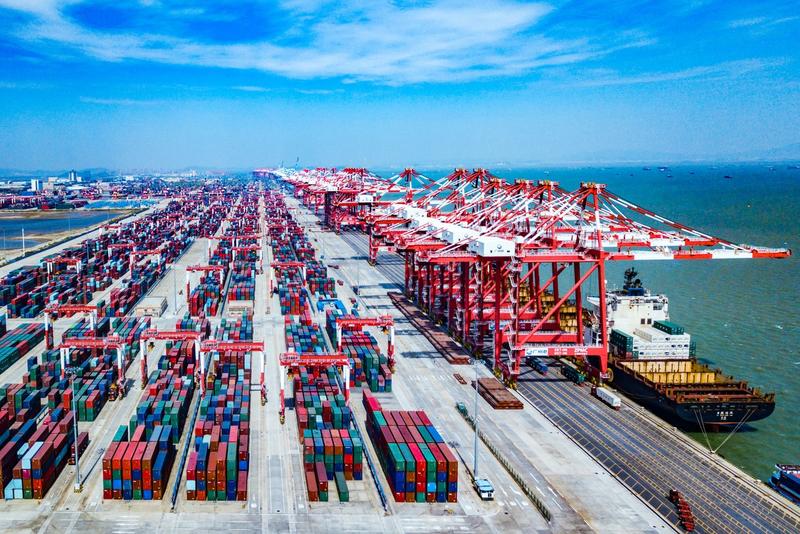
Sixth in 2025, the Port of Shenzhen, a group of ports along Guangdong's coast, manages over 29.9 million TEUs yearly. Its fast expansion is driven by its close proximity to Hong Kong and main manufacturing centers in the Pearl River Delta. With 140 berths including specialist container facilities like Yantian and Nanshan, Shenzhen supports trade with more than 130 nations. The port is a major exporter of machinery and electronics since its emphasis on technology—including digitalization and automation—helps to improve its efficiency.
8. Port Authority of Port of Antwerp-Bruges:

Second-largest port in Europe, Belgium's Port of Antwerp-Bruges handles around 12.5 million TEUs a year. Built from the union of Antwerp and Zeebrugge, this important gateway for European trade is situated on the Scheldt River with many rail and road links. The sophisticated infrastructure of the port enables a wide spectrum of goods with its multi-fuel capability and extensive logistics systems. Geopolitical concerns notwithstanding, its emphasis on sustainability and creativity guarantees its visibility in world marine trade.
9. Port of Rotterdam:
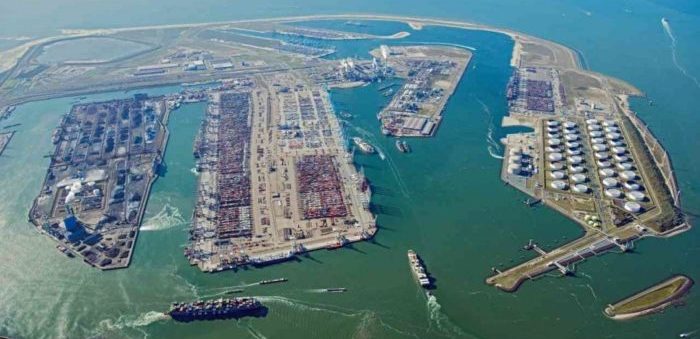
With about 13.4 million TEUs yearly, the biggest port in Europe, Rotterdam keeps its ninth-busiest ranking by handling From 1962 to 2004, this Dutch port along the Rhine-Meuse-Scheldt delta was the biggest one in the world. Modern biofuel plants, autonomous container terminals, and deep-water docks help to effectively handle a variety of goods. Strategic position and multimodal connection of Rotterdam make it an important center for European trade and worldwide supply chains.
10. Port of Los Angeles:
Known as America's "Maritime Gateway," the Port of Los Angeles rounds out the top 10 with yearly handling of about 8.6 million TEUs. It is the main gateway for trans-Pacific trade in North America housed inside the Los Angeles-Long Beach port complex. The port's comprehensive facilities—many container terminals and sophisticated logistical systems among other things—help products to and from Asia move. Its dedication to modernizing world trade is shown by its cooperation on sustainability projects as the Green Shipping Corridor with the Port of Guangzhou.
Comments 0